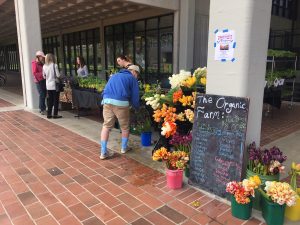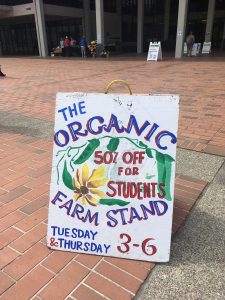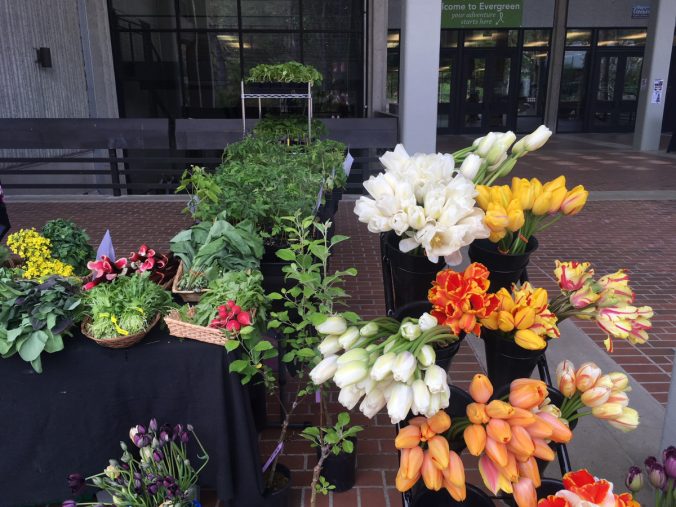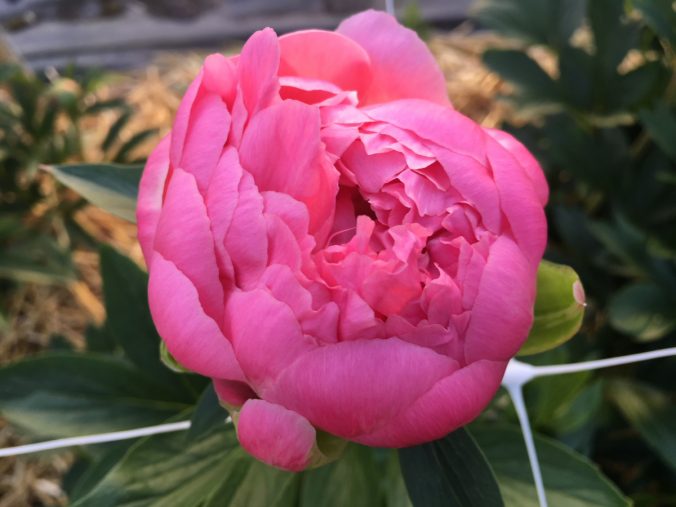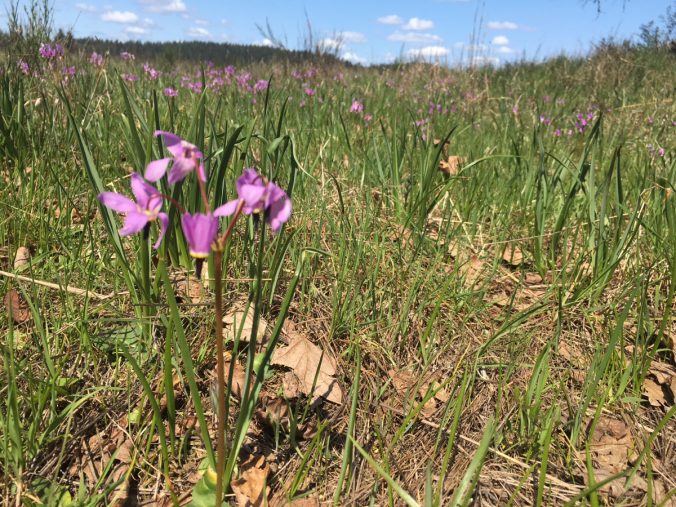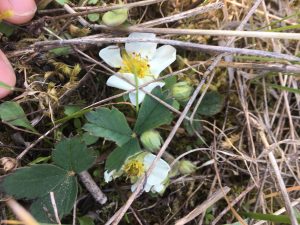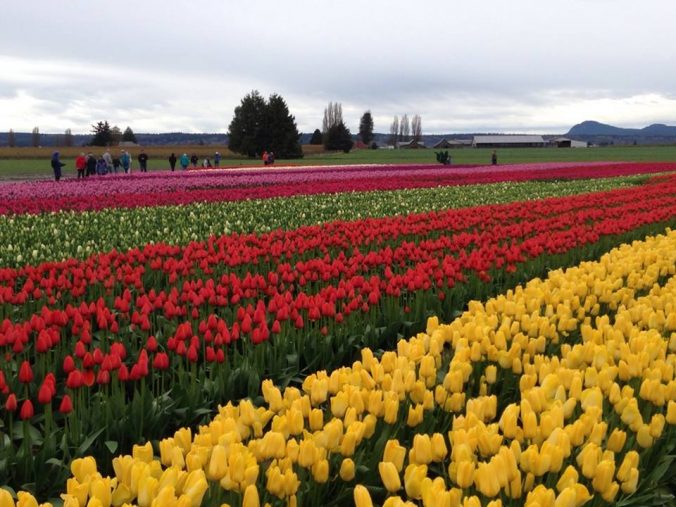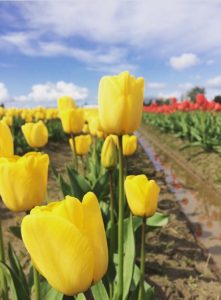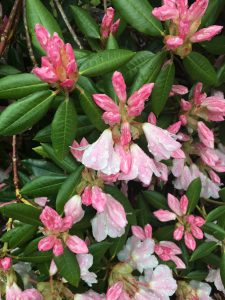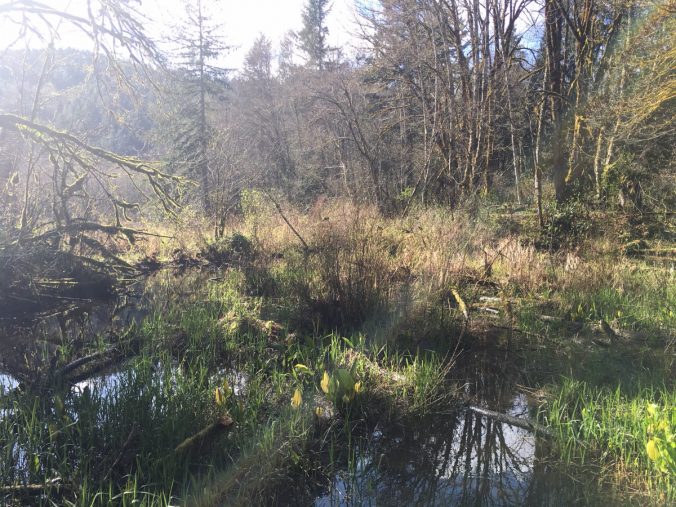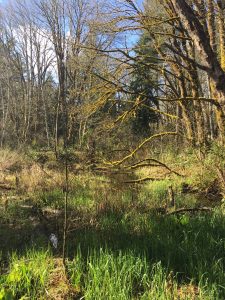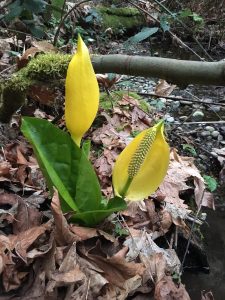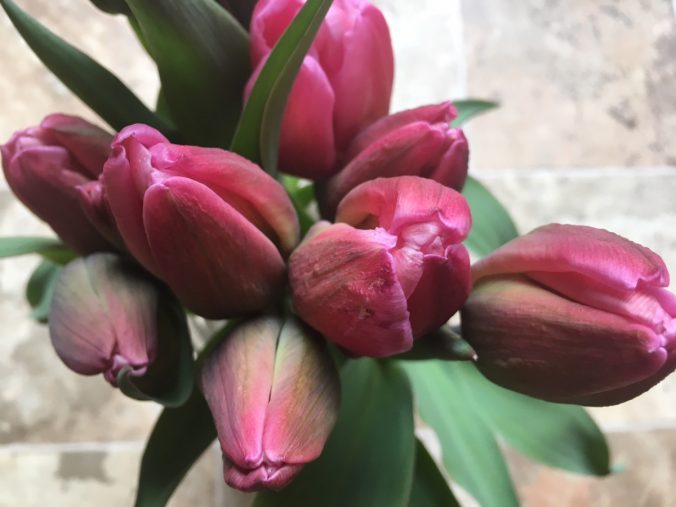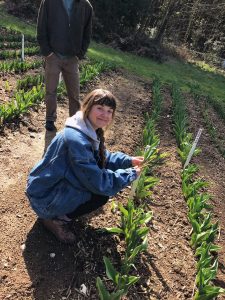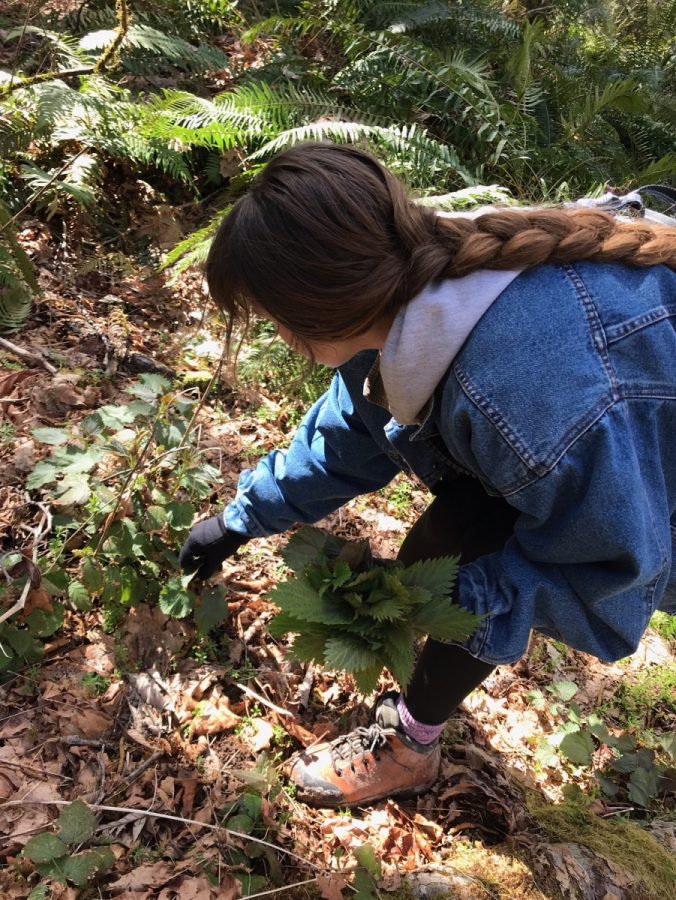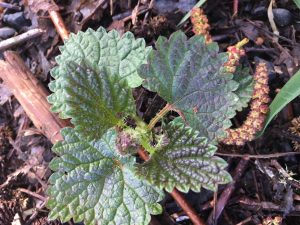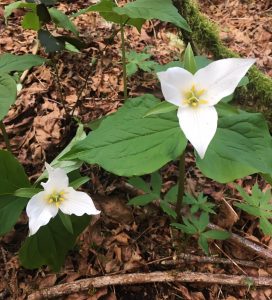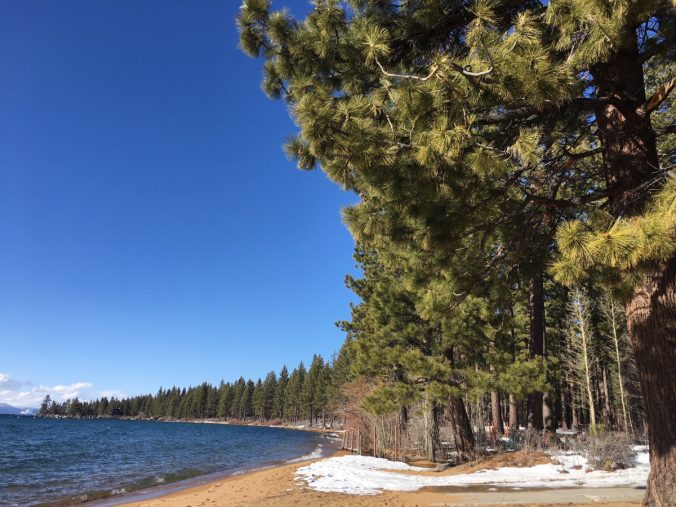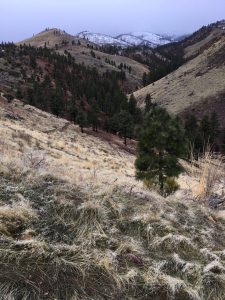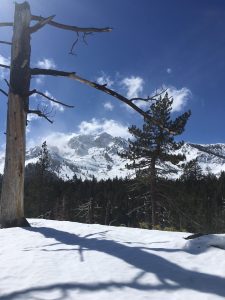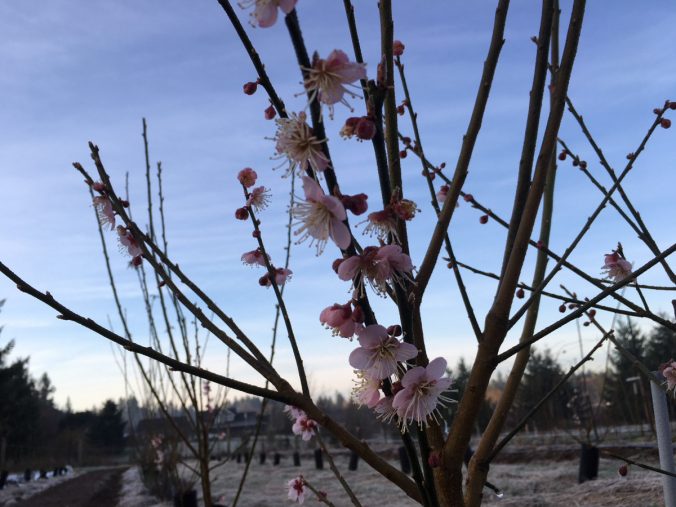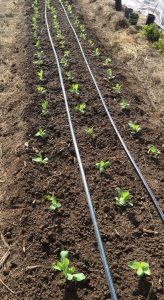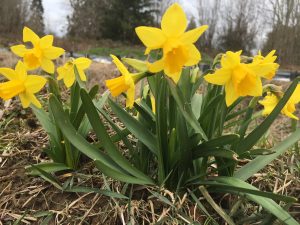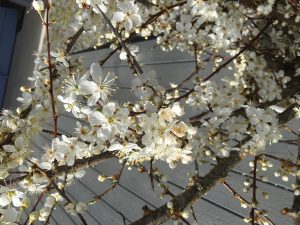This is my last quarter before graduating from Evergreen and that’s a bit bitter sweet. On one hand I will miss Evergreen and all that it has done for me over these past two years. But, on the other hand I’m really excited for what the future has in store. I’ve actually accepted a full time position at a flower farm here in western Washington and have even started working for them this quarter part-time. It will be great to put all of my education to use and get some great hands-on experience before I move back to Minnesota with the ultimate goal being to start a farm of my own.
In terms of what I’m doing academically this quarter, I have continued with the Student Originated Studies: Food & Agriculture program. I modified my contract so I’m actually only taking 4 credits, focusing primarily on botany. My contract os titled “Botany of the Flower Garden” and my learning objective for this quarter is to gain more hands on and theoretical botany experience with the flowers I working with and harvesting at the farm I’m working at. To complete these objectives, I am observing and interacting with various plants grown as well as do more in-depth research from various botany textbooks. My visits to both Meerkerk Rhododendron Garden and the Skagit Valley Tulip Festival were both components of these weekly profiles on various plants. Basically, I’m doing a profile of one plant per week based on plants that are popular and lucrative as cut-flowers. These profiles will help me get a better gauge of how these plants function, what conditions they like best, and how to properly harvest and handle them post-harvest.
I love that Evergreen has the option on SOSs and ILCs as they really allow students to tailor their learning to fit the needs of their degree and lives post-grad. They allow for students to work on projects they are passionate about and are relevant to the work they will be doing going forward. This compilation of plant profiles will be invaluable for me when I inevitably start growing and harvesting these very same plants.
Here’s some of what I’ve learned ask far:
WEEK ONE: HELLEBORE
Family: Ranunculaceae (also in this family: buttercup, ranunculus, anemone, nigella, delphinium, clematis, columbine)
Subfamily: Helleboroideae
Genus: Helleborus, approximately 20 species of herbaceous or evergreen perennial flowering plants.
- Zone: 4-9, evergreen 6-9
- Bloom Time: February-May
- Bloom Size: 2 to 3 1/2 inches
- Height/Spread: 18 to 24 inches/24 inches
- Site: Partial shade, well draining soil
- Seed Type: Dicotyledon
When harvesting, for longest vase life wait to harvest until after the hellebore have dropped their stamens and actual petals and begins to form its seed pod. This is when hellebores hold up the best as cut flowers. Vase life is up to one week.If you want to harvest prior to this stage, before the flower is pollinated, methods like putting the stems in boiling water, slicing up the side of the stem, and/or putting the stems in a hydrating solution can all work to extend the vase life.
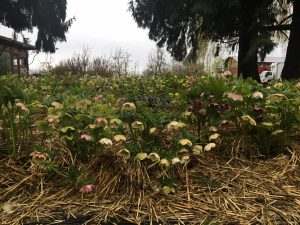
Hellebores
WEEK TWO: ICELAND POPPY
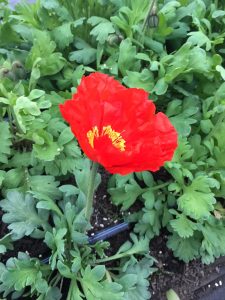
Iceland Poppy
Family: Papaveraceae (also in this family: opium poppy, California poppy, tree poppy, bleeding heart)
Genus: Papaver (the 80 species in this genus are considered the “true poppies”)
Scientific Name: Papaver nudicaule
- Zone: 3-9
- Bloom Time: early spring to fall, weather/temperature dependent
- Bloom Size: 2-4 in
- Height: Up to 24 in
- Soil: Needs loose soil and prefers neutral or alkaline soils to acidic.
- Site: Full sun, well-draining soil of average moisture
- Seed Type: Dicotyledon
For best vase life, harvest when the buds first crack and the color is just barely present into clean 1/2 gallon buckets and never reuse buckets as Iceland Poppies (and all poppies really) ooze a milky white latex substance that leaves the water murky. These delicate blooms don’t have too terribly long of a vase life, but can keep up to one week by daily changing the water. If transporting these blooms without water, burn the stems. This will ensure they do not ooze the latex.
WEEK THREE: PACIFIC RHODODENDRON
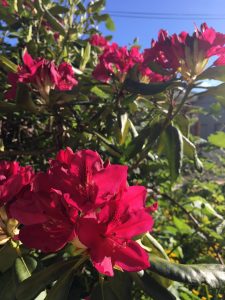
Rhododendron
Family: Ericaceae (also in this family: heather, heath, blueberry, cranberry, huckleberry, salal, azalea)
Subfamily: Ericoideae
Tribe: Rhodoreae
Genus: Rhododendron
Scientific Name: Rhododendron macrophyllum
- Zone: 8-9
- Bloom Time: May, June, July
- Bloom Size: 1.1–1.6 in
- Height: Up to 7–30 ft
- Soil: moist to dry and acidic soil
- Site: partial shade to full sun, well-draining soil of average moisture, prefers disturbed sites
- Seed Type: Dicotyledon
According to Diane Szukovathy of Jello Mold Farm, rhododendrons can be a bit tricky as a cut flower. She hasn’t grown them as a field crop and says they can be a bit finicky and may work a lot better in a more permaculture/polyculture setting. If you did want to grow them in the field, they would definitely require shade cloth and a long while to establish. That being said, there is a certain type of florist that would pay top dollar for these woodies, especially an earlier flowering variety as people are dying for color in the early spring. Harvest when the flower just starts to break bud into clean buckets with hydrating solution. Cut an X on the end of the branch to ensure water is circulating.
WEEK FOUR: TULIP
Family: Liliaceae (also in this family: lilies, trillium, star-of-Bethlehem)
Subfamily: Ericoideae
Tribe: Lilieae
Genus: Tulipa
Scientific Name: Tulipa gesneriana (common garden tulip)
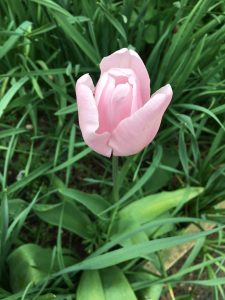
Tulip
- Zone: 3-8, can be forced in areas above 8 by “wintering” bulbs in fridge or freezer before planting
- Bloom Time: Spring (April-May)
- Bloom Size: 3-5 in
- Height/Spread: 12-30 in/12 in
- Soil: sandy
- Site: partial to full sun
- Seed Type: Monocotyledon
For longest vase life, harvest when the tip of the tulip bud turns color but the rest of the bud is green. Can harvest tulip bulb and all for even longer storage life (they will keep in a cooler, bulb and all, with no water for up to one month). Digging up the bulb can also add to the stem length significantly, which is always valued by florists. Otherwise, can cut a base and strip foliage, putting stems in clean water with hydration solution or flower food. An old wives’ tale is to put a penny in the vase with tulips to avoid stem droopage. Can keep a week or longer.
WEEK FIVE: LILAC
Family: Oleaceae (also in this family: olive, ash, jasmine, forsythia)
Subfamily: No subfamilies for to Oleaceae family; instead divided into five tribes.
Tribe: Oleeae
Subtribe: Ligustrinae
Genus: Syringa
Scientific Name: Syringa vulgaris (common lilac)
- Zone: 3-9 (8/9 is pushing it and some varieties will not thrive in these warmer zone)
- Bloom Time: Spring (April-early June)
- Bloom Size: 4-8 in
- Height/Spread: 5-15 ft/5-15 ft (will not get this big if using it for cutting purposes)
- Soil: any soil type, neutral to slightly alkaline pH
- Site: partial to full sun
- Seed Type: Dicotyledon
For longest vase life, harvest when 30-40% of the flower buds have started to open, but the upper ones still remain closed. Put stems into clean buckets with water only (no hydrating solution). Can cut an X on the end of the branch to ensure water is circulating if cut is on older, woodier stem. This X is not necessary if cut is on newer, greener stem.
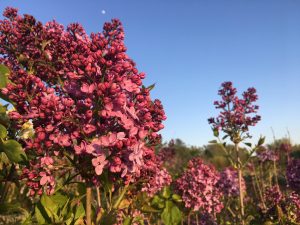
Lilac
SOURCES:
Jello Mold Farm (Mount Vernon, WA)
3 Porch Farm (Comer, GA)
Floret Flower (Mount Vernon, WA)
Meerkerk Rhododendron Gardens and Nursery (Whidbey Island, WA)
Roozengaarde Farms (Mount Vernon, WA)
Tulip Town (Mount Vernon, WA)
Guide to Flowering Plant Families, Wendy B. Zomlefer
Plant Families: A Guide for Gardeners and Botanists, Ross Bayton and Simon Maughan
Specialty Cut Flowers; The Production of Annuals, Perennials, Bulbs, and Woody Plants for Fresh and Dried Cut Flowers, Allan M. Armitage and Judy M. Laushman
Botany of Desire (film adaptation based on Michael Pollan’s book of the same name), directed by Michael Schwarz (PBS)
Plant and Caring for Hellebores, Janet Loughrey
Botany: Helleborus Gold Collection
Information on the Genus Helleborus
Iceland Poppy – Papaver nudicaule, Calyx Flowers, Inc.
About Rhododendrons, Rhododendron Species Botanical Garden
Pacific Rhododendron: Rhododendron macrophyllum, Washington Native Plant Society
Pacific Rhododendron: Rhododendron macrophyllum, Native Plants PNW
Tulips: How to Plant, Grow, and Care for Tulip Flowers, The Old Farmer’s Almanac
Lilacs: How to Plant, Grow and Care for Lilac Shrubs, Old Farmer’s Almanac
